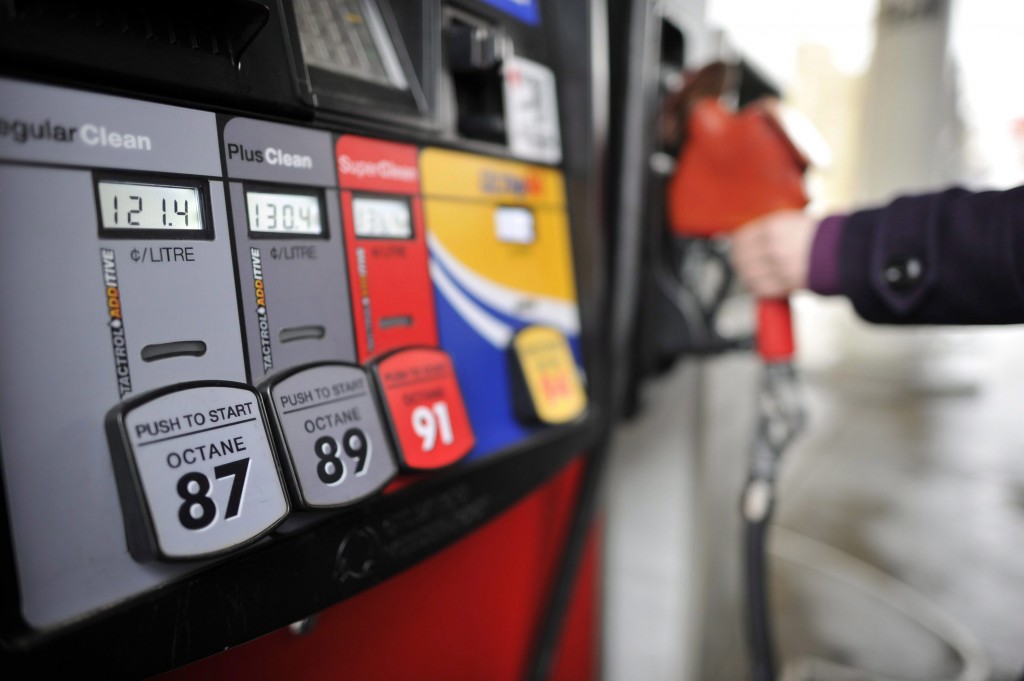Do you still buy the cheapest gas you can find? Ever worry it might mess up your engine? Maybe you should, if you drive a newer, direct-injected car, as the hostile environment these high-precision multi-orifice injectors operate under makes them vulnerable to the performance-robbing deposits cheap gas can leave.
According to consulting engineer Jerry Horn at Chevron, these deposits are formed from a series of compounds, among them olefins and di-olefins with double-bonds that break down, forming gummy deposits that can alter airflow around intake valves or fuel flow out of injectors. Jim Macias, fuels technology manager at Shell, adds that these carbonaceous deposits start out as one of the 300 compounds in gasoline, then polymerize on hot surfaces. There's no single component to target, which complicates preventing or cleaning them.

Back in the 1990s, as Tier I emissions regs were phased in, the deposits -- created by fuel impurities -- began causing problems for the emissions gear that manufacturers had to guarantee for 100,000 miles. So the EPA established a minimum fuel-additive performance standard in 1995, but the standard was below what some suppliers were then offering, so many reduced their fuel detergency, making matters worse for the subsequent Tier II standards of 2004. After unsuccessfully lobbying for higher standards, a group of automakers (Audi, BMW, GM, Honda, Mercedes, Toyota, and Volkswagen ) consulted with fuel suppliers to establish a higher voluntary standard, marketed as "Top Tier Detergent Gasoline."
Top Tier is a performance standard, establishing tests and minimum acceptable results for intake-valve and combustion-chamber deposits, fuel-injector fouling, and intake-valve sticking. It also requires that all fuel grades marketed by the brand meet the standard (not just the premium grade, for example). Additive manufacturers pay for the testing, fuel suppliers pay an annual fee to participate, and compliance testing is conducted by third-party labs. Over and above the three basic tests to certify Top Tier fuels, the major fuel suppliers conduct additional testing. Jerry Horn explains that Chevron is "trying to cover more of the on-road vehicle population with additional engine and vehicle dynamometer tests, and then also we do tests with a cab company in SoCal to test fuels under relatively severe service conditions." A revision to the current EPA and CARB test regimens is also expected in the future, perhaps to include testing of direct-injection, but certainly to change the standardized test engines.

So how do Top Tier fuels like Chevron and Texaco with Techron, Shell's Nitrogen-Enriched, and BP's Invigorate work? Each employs top-secret organic chemistry (Chevron admits theirs involves a polyether amine. Others often employ polybutene amines, if that helps), but by and large the molecules include a "hydrocarbon tail" (that keeps the detergent soluble in fuel) attached to a head that includes a functional group containing nitrogen. When enough of these nitrogens attach to a deposit, it comes off. Then the nitrogens can attach to the clean surface and prevent new deposits from forming. The fresh challenge with DI is designing functional heads that don't lose their cool at temperatures of 4000 degrees F or higher. Chevron and Shell both claim that running a few tanks of fuel can remove the deposits left by miles of use of minimum-standard fuels.
National gas prices are still well below historic highs, but as for fuel-system cleaning products, Macias cautions "the aftermarket treatments tend to be high-concentrations of these additives. Some of that material can get into the crankcase and the effects are not entirely known. It is a big dose of materials, and we are not sure if it could cause damage to the catalytic converter. The only way to ensure that a vehicle maintains peak performance is to use top-quality fuel consistently." Horn states this about these concentrated aftermarket additives "You can wash [deposits] off, but they'll come back, and any deposits can impact air-fuel mixture and combustion, emissions, drivability, fuel economy, etc."
If you love your car like you love your pet, feed it the good stuff, at least every other tank or so.
Source: http://blogs.motortrend.com/1403_all_fuels_are_not_created_equal_technologue.html

